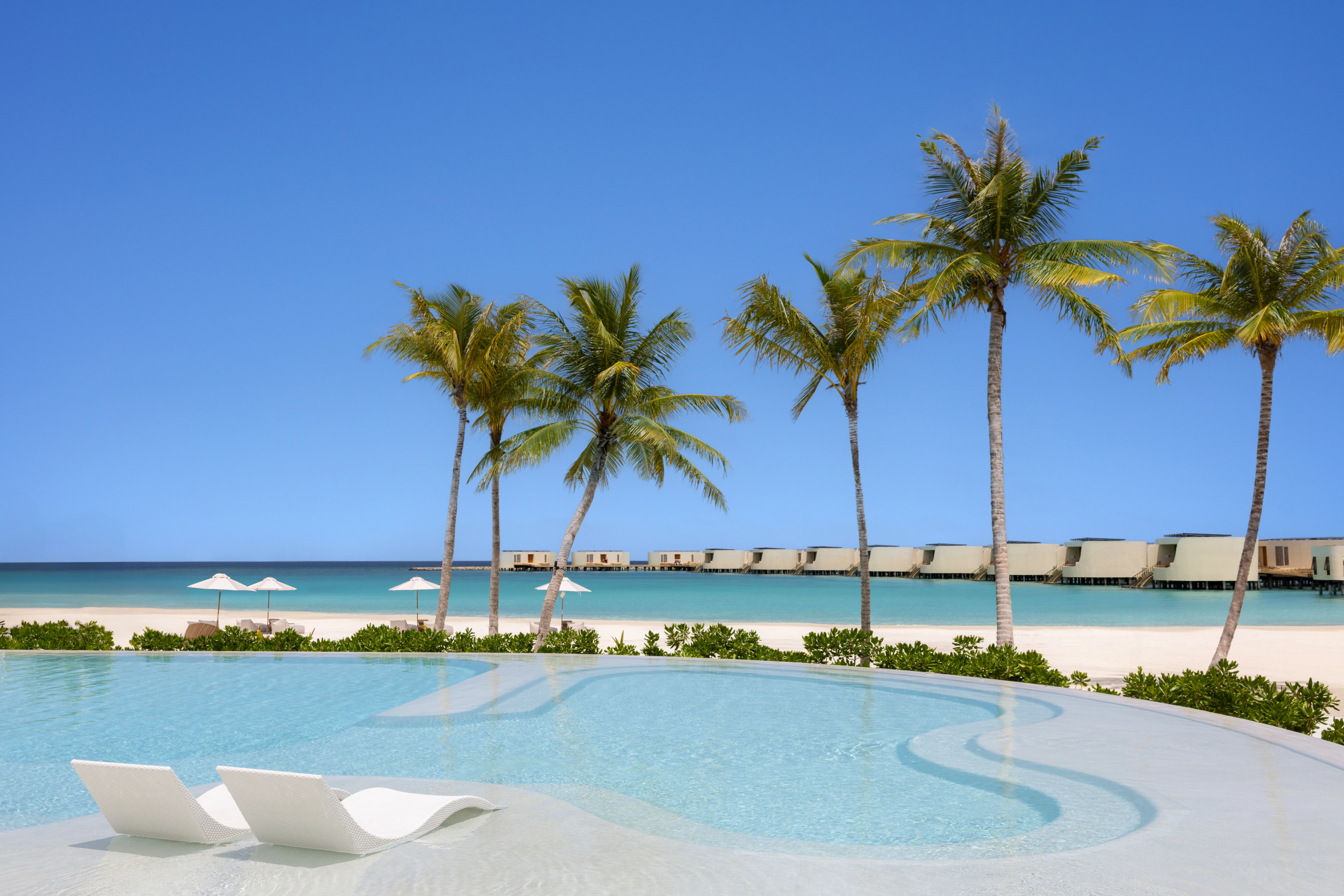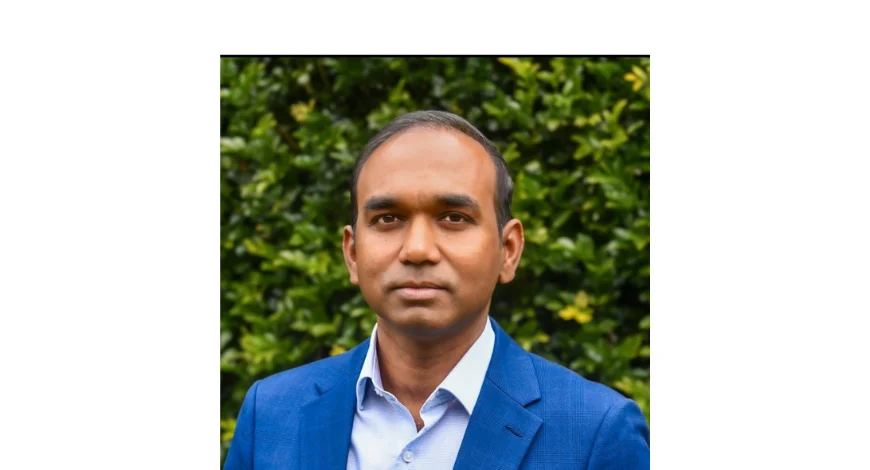
Incredible India, as it is sometimes called, has a lot to offer, whether it is considered as a honeymoon destination, a spiritual trip in a search for lost Zen, or just an ordinary tourist retreat. Below we present a recap on how the boost in tourism might parallel with the country’s efforts to become an independent, modern nation.
It’s been over 70 years since the first Indian Prime Minister, Jawaharlal Nehru raised the national flag on August 15th, 1947 above the Red Forti in Delhi, declaring the country’s independence within the British Commonwealth. And although India, did not get the title of republic until it adopted its constitution on January 26th, 1950, the Independence Day remains one of the most important days in Indian calendar, when people gather to pay tribute to the country’s martyrs, political leaders and soldiers who died fighting for the independence of their motherland.
During that day, the sky across India is brimming with kites of various shapes and colours that convey a range of messages about love, freedom and patriotism, which is a tradition originating from the time when a kite flying was used as a form of protest against the British influence. But for Graeme Bull, A&K India Product Manager, the previous year’s celebrations around the Independence Day also managed to say something equally important to the world - India is a thrilling, sense-dazzling tourist destination: “Last year also marked India’s 70th anniversary of independence and the PR surrounding this has only strengthened its popularity as one of the hottest destinations to visit right now.”

On the surface, the 70th Independence Day with its national celebrations on the streets and extensive media attention was no different, to other Indian milestone anniversaries. But aside the joyous ceremonies it also provided yet another opportunity to get the measure of India’s journey from independence to the modern nation. According to the former Under-Secretary-General for United Nations, Shashi Tharoor, throughout the transition period, India has proved to be capable of great achievements, that include the free-enterprise system, thriving democracy, and technological progress on a huge scale.
If we are to recall the government’s recent plans to boost this $210 billion worth sector, together with the influx of visitors in 2017, Bull comments - “With a whole host of new hotel openings, such as the Taj Exotica Resort and Spa, Andaman’s, and so much airtime on television and in film, India is enjoying a resurgence. Foreign tourist arrivals in January reached 1,066,000, growing 8.4% year on year and A&K is seeing growth in bookings well beyond these levels”.
The 70th Independence anniversary also saw India becoming more accessible through a series of ambitious infrastructure projects which were included in the annual budget for 2017, and some of them remain to be continued in 2018. One of them is the UDAN (Ude Desh Ka Aam Nagrik) scheme, which last year lead to launching five regional budget airlines, offering low-fare flights to remote parts of the country. Following the same plan, before the end of 2018, India is set to make 56 unserved airports and 31 helipads all over the nation operational again.

Thanks to the improvements in the connectivity, visitors from all over the world can explore India more than ever before. However, the abundance of stunning cities filled with national treasures, historical landmarks and balmy beaches, can make simple holiday choices like what to see and where to go really difficult, especially for someone unfamiliar with India, or last-minute tourists. Hence, Bull believes it is important to enter the country with a roadmap of some sort - “Our advice as always is for visitors to do their research before they travel as there’s so much to see and do in this fantastic destination”.
Own research can add value to an incredibly unique time in India, but Bull thinks that those who are looking for a truly unforgettable experience would benefit from getting advice at the source - “It really does pay to speak to travel specialists who’ve travelled the country extensively and can add real value and insight into helping plan and book your trip”.
Depending on the time of the year, and the part of the country tourists choose to visit, their perspective on what it means to travel around Incredible India will vary. With so much variety and choice available, it is easy to go astray. Whether you want to get off the beaten track and search for the snow leopard in the Himalayas or stick to the authentic, iconic places, like the Taj Mahal or New Delhi, the general rule remains the same - do your research first. With some preparation and curiosity, you should be able to truly to experience India at its best.




















